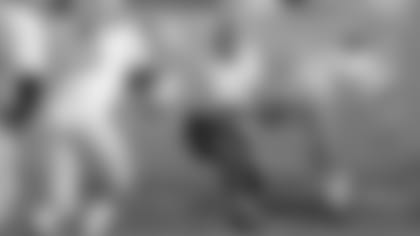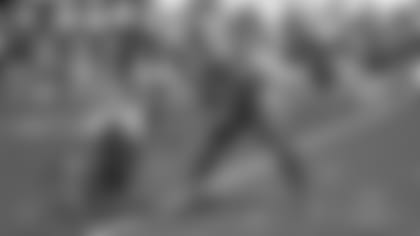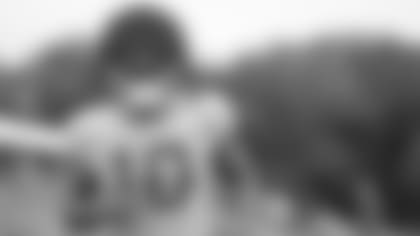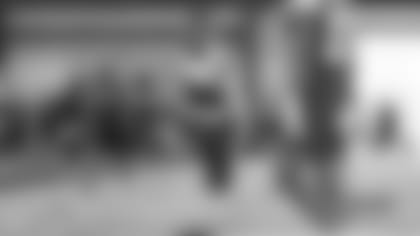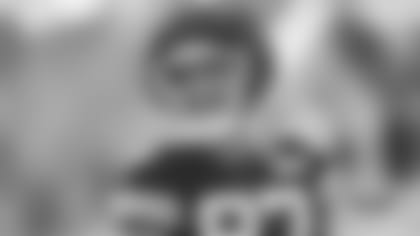Previous Locations: Jesuit High School | New Mexico Military Institute | William Jewell College
By the eve of the 1990s, the Kansas City Chiefs sought change throughout the organization. New management and coaching staffs came on board, and with their leadership, new players.
A new training camp site would be part of the change. While many NFL teams continued to see camp as a way to keep old fans interested and attract new ones, the Chiefs organization had reached a point where improving the team was more important.
General Manager Carl Peterson and Head Coach Marty Schottenheimer had been at William Jewell College for two years, but late in the second year, Peterson began to explore other sites where the weather was more conducive to holding camp, and where the Chiefs might work out against other nearby NFL teams.
NFL teams were still operating on college campuses for the most part, but some began to entertain interest from more distant schools. The Philadelphia Eagles, for example, were winding up their contract with West Chester University and were taking a look at Lehigh University located some distance away.
Wisconsin had become a popular place for no less than three NFL teams, and upon some investigation and later a decision by Peterson, the assistant GM, Denny Thum, announced a deal with the University of Wisconsin – River Falls. The Chiefs joined the Chicago Bears at the University of Wisconsin – Platteville, the New Orleans Saints at the University of Wisconsin – La Crosse, and the home state Green Bay Packers at St. Norbert College in De Pere. The Jacksonville Jaguars would also hold one of their first camps in Wisconsin when they joined the NFL.
These teams made up what came to be called "The Cheese League."
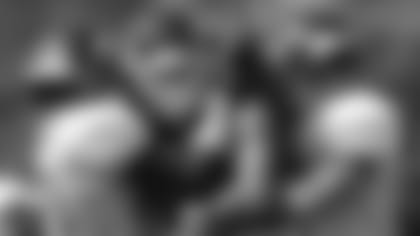
Practicing at River Falls put the Chiefs in close proximity to the Minnesota Vikings, too, who practiced at Mankato State. River Falls was located close to Minneapolis, and the team flew in and out of the city when traveling to and from camp. A close airport also gave the team advantages in adding and subtracting players as camp progressed.
The Saints had been suffering from practices lost to extreme heat in Louisiana and wanted to move, and that served as one of the reasons that led to the Chiefs moving as well. Almost immediately, arrangements were made for Kansas City to practice against the Saints and Vikings.
The mornings and evenings were cool, the afternoons temperate. It was just what the Chiefs were looking for.
The quarters that River Falls was offering were more accommodating to the Chiefs' needs. Players had their own air conditioned rooms, could bring bigger mattresses, had cable TV and locker space was plentiful. Later, a brand-new NFL-sized locker room was built for the team. Local businesses provided rental cars, bicycles and personal laundry service.
As it was in Liberty, everyone could move easily around campus without cars, although many players rented cars or had one driven up by family or friends. The only downside was that if you forgot something in Kansas City, you had to go a long way to get it.
The River Falls training camp was a wonderful experience for everyone, even with the daily drudgery of a routine that never changed: eat, practice, eat, rest, practice, eat, meet, go to bed.
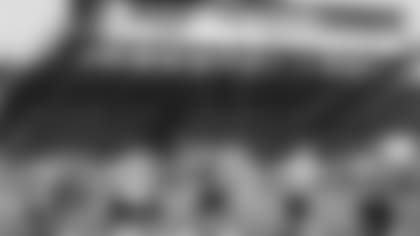
The local community came to love the Chiefs beyond the two million dollars that it brought to the town. The university hierarchy under Mary Halada was attentive and supportive and nothing was ignored in meeting the team needs. Even Wisconsin's governor would show up each year, and former President George W. Bush stopped by on the campaign trail.
Upon the team's arrival for the first of what would be 19 training camps in River Falls, the players left their busses that had carried them from the airport and boarded fire engines to take them on a parade through the little town.
People lined the streets as the truck sirens roared as they passed light posts bearing the arrowhead logo and River Falls as "summer home of the Kansas City Chiefs." Tackle John Alt, a native of nearby Minnesota, was the parade marshal.
Every day, fans came to watch practice as the team had three fields (tended again by the Chiefs field staff, now led by Andre Bruce), and a stadium to hold workouts.
"Family Fun Night" highlighted the month long stay with music, food, autographs and a short scrimmage. People could sit as close as a few feet away from the field during daily practices, and many came to know the players personally as the years passed.
Marty Schottenheimer began a tradition at the start of each camp. He conducted the "Oklahoma drill," which pitted an offensive lineman against a defensive lineman or a linebacker against a running back. To add to the drama, players circled the participants and shouted at their teammates, but Schottenheimer invited the fans to come down from the stands and line up as well, adding to the intensity of the competition.

Soon, fans and ticket holders from Kansas City began to make camp a summer vacation stop and filled the town's few hotels, restaurants and bars.
River Falls became a special place, and maybe it had something to do with the teams that the Chiefs brought there. They were now contenders for a championship.
But maybe it was something else.
Near the end of one training camp, after the trucks had been loaded, the bags had been packed and the busses were waiting to be boarded, a couple of players who had purchased an old jalopy – a pickup truck – and scribbled the days remaining in camp on its side, grabbed the truck's keys and looked around.
This junk heap would not be going south.
Leaving the keys inside along with the truck's title, the players climbed aboard the busses and headed back to Kansas City. An older woman who was standing by with many of the fans from town who were there to say goodbye for another year, was heard to say, "We'll have it here for you when you come back."
River Falls was that kind of place.






